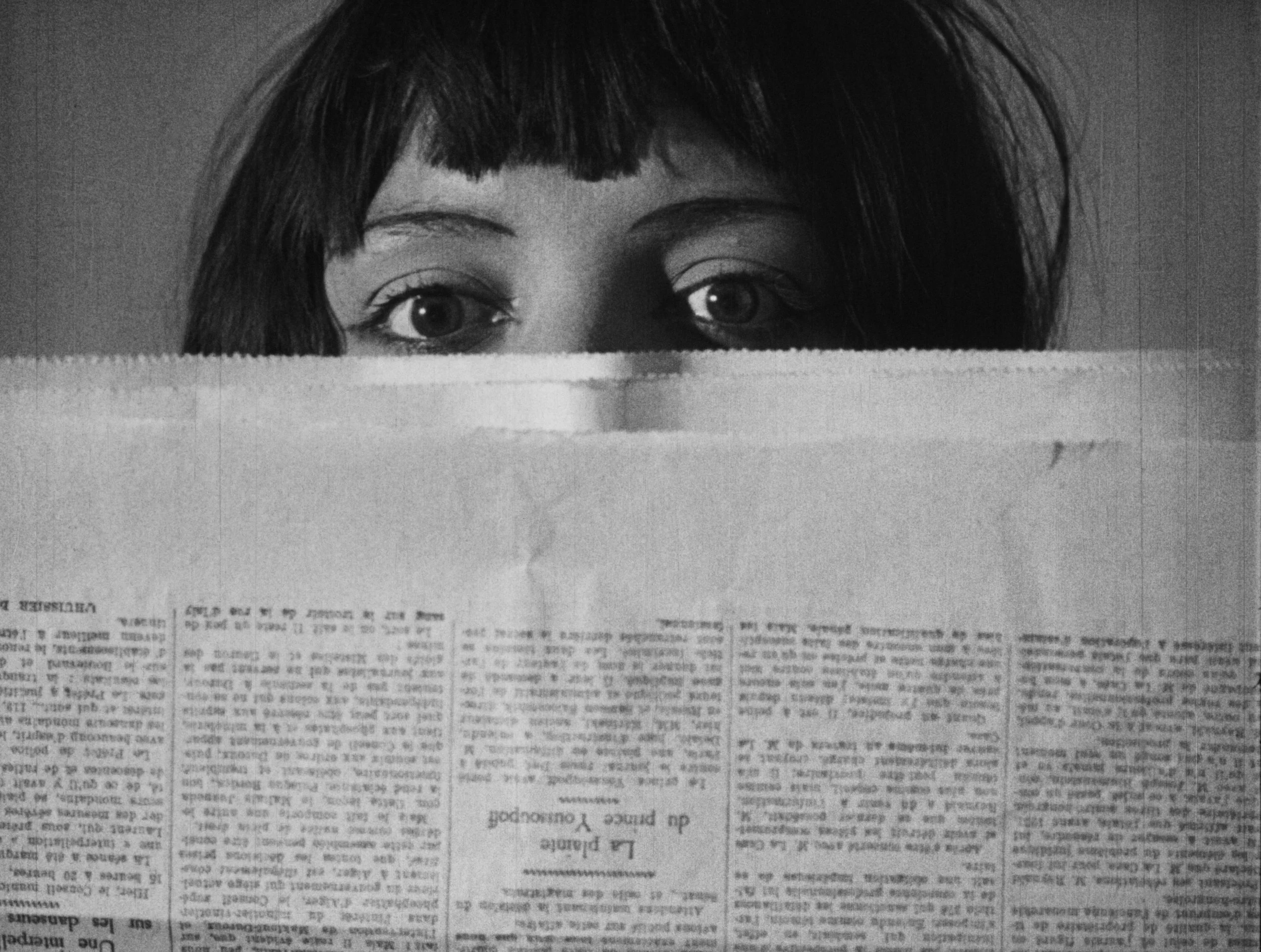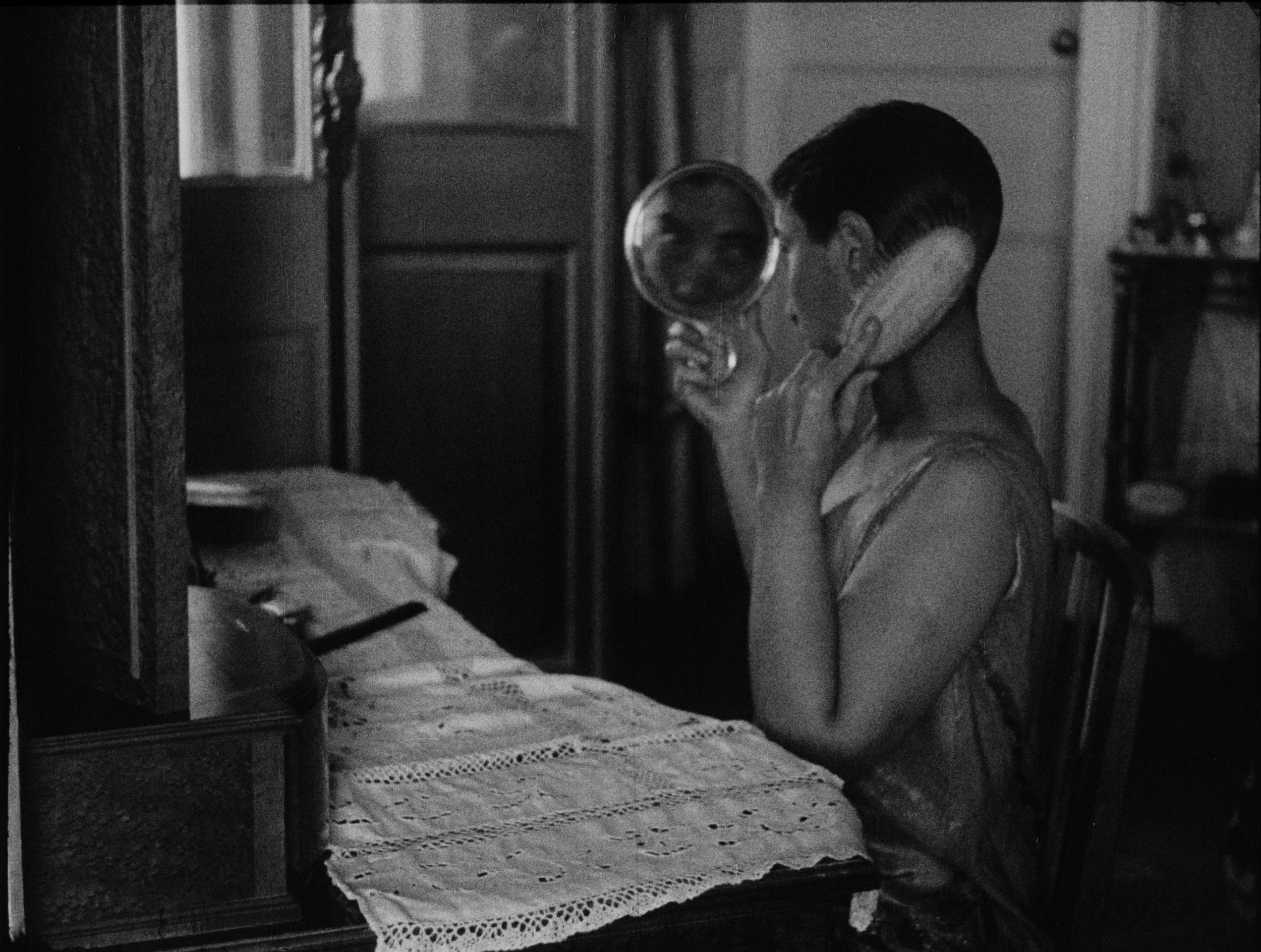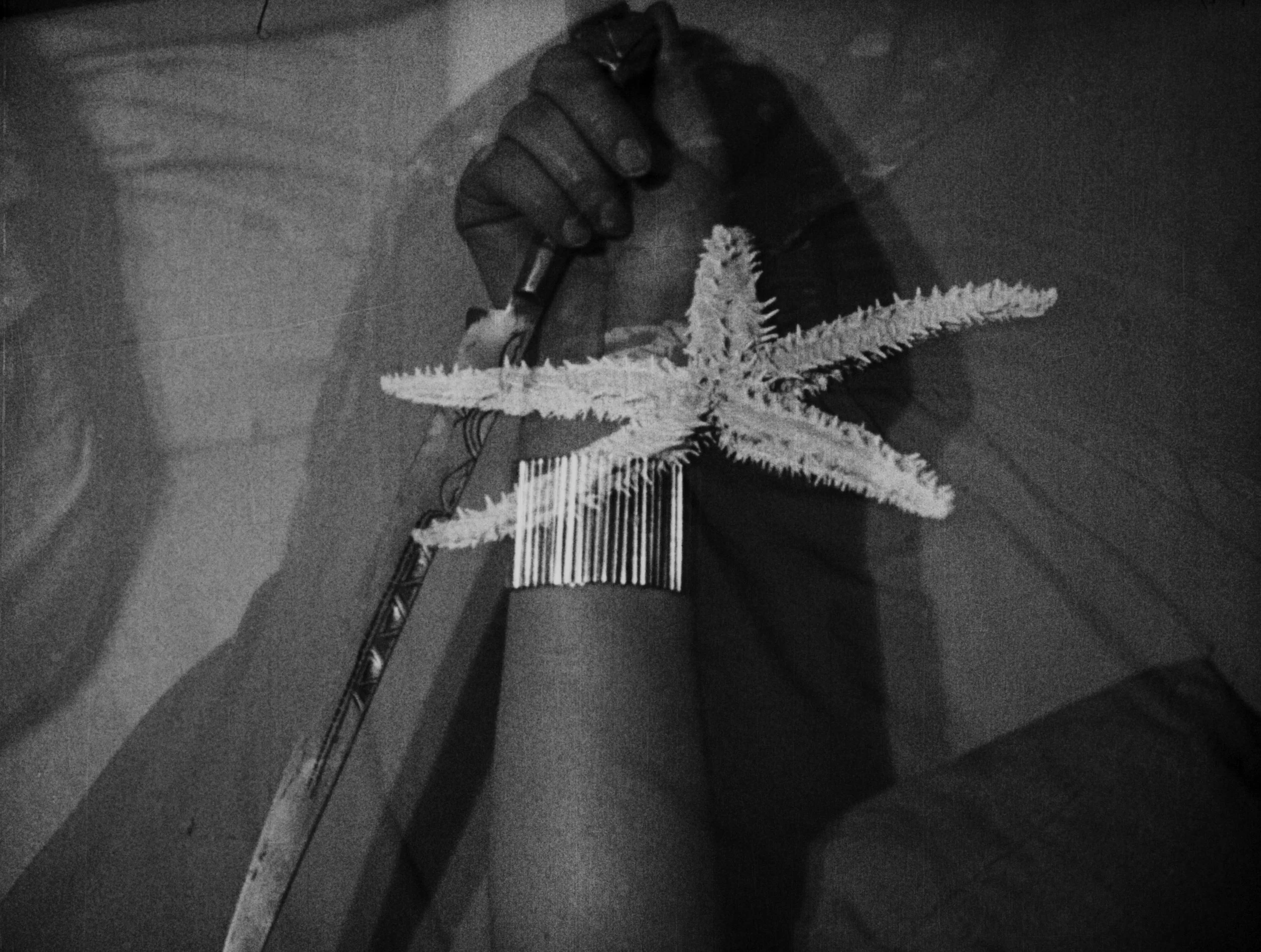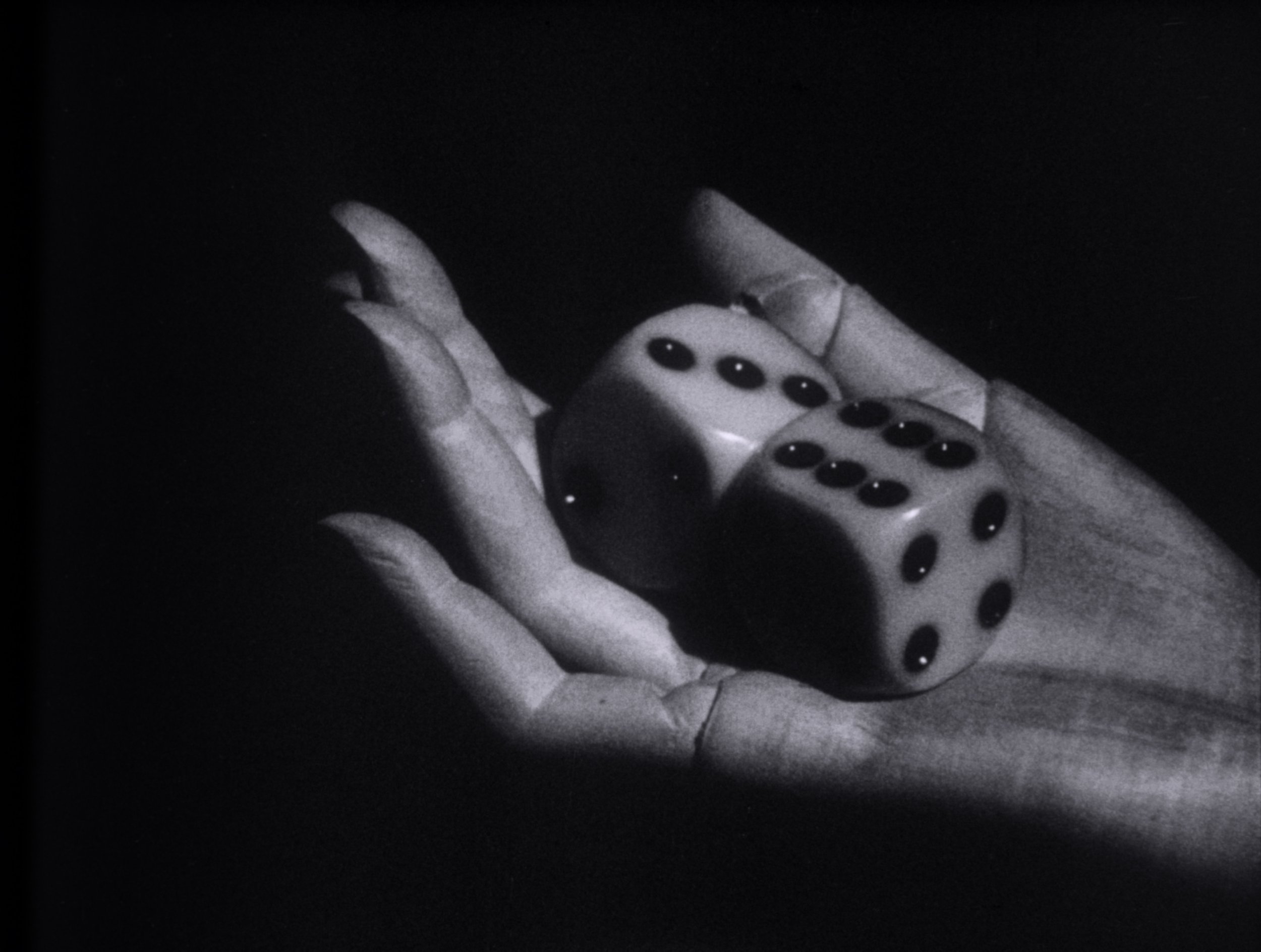Return to Reason (1923 - 1928) | Dir. Man Ray
Janus Films
Written by: Belle McIntyre
This anthology of all four of Man Rays’s short films is an extension of his experiments in photography, involving collage, montage, double exposures, solarization and Rayographs (made by placing objects on photographic paper for exposure and processing as usual). The soundtrack, newly composed by Jim Jarmusch and Carter Logan known as SQÜRL, is remarkably successful at enhancing the surrealism of Man Ray’s work. Ray’s inspiration by contemporary poets is referenced frequently.
Janus Films
Emak-Bakia (1926) Basque for Leave me alone, features Kiki Montparness (Alice Prin) driving through town when Jacques Rigaut appears in full drag. Later a man with a suitcase full of men’s collars which he proceeds to tear in half one by one allowing the collars to levitate, dance and spin in a rhythmic choreography of double exposures and repetitions.
Janus Films
L’Etoile de Mer (1928) (Starfish). Based on a poem by Robert Desnos, it appears to depict an erotic entanglement between a man and woman, filmed either off a mirror reflection or diffused through textured glass. The couple go upstairs to a bedroom where she methodically undresses and lies down on the bed totally naked, whereupon the man leaves. There follow totally unrelated scenes of a railroad journey, tugboats docking, and newspapers flying all over the street as a man futilely tries to catch them, a man buying a starfish in a jar. A line from the poem reads: “The sun, one foot in the stirrup, nestles the nightingale in a mourning veil”
Janus Films
Les Mystéres du Chateau de De (1929) inspired by poems of Stéphane Mallarme provides an early quote: “A throw of the dice will never abolish chance”. It opens in a Paris café where a masked couple are trying to decide whether to go or not, to visit the Villa Noailles in Hyères. A roll of the dice decides for them to go. When they arrive they find the castle void of people but full of fascinating architectural details, sculptures by Picasso and Joan Mirò, and a Cubist garden. When four visitors arrive they go straight to the indoor pool where they proceed to gambol like runaways from the circus, performing acrobatic diving, swimming and gymnastics in and out of the water. When two more visitors arrive they decide to spend the night. Film ends.
Janus Films
Return to Reason (1923) is the most abstract of these, consisting almost entirely of animated inanimate objects placed on the film (Rayographs) and exposed and processed the usual way. When the human form is used it is only fragmentally as an abstract form. The rhythmic accumulation and repetition of images and fragments at increasing speed can be challenging to ones visual sense as well as cognition. It feels like an onslaught from a precocious imagination bringing all of his practices and experiments together in one format. It is surely formidable and super surreal.












